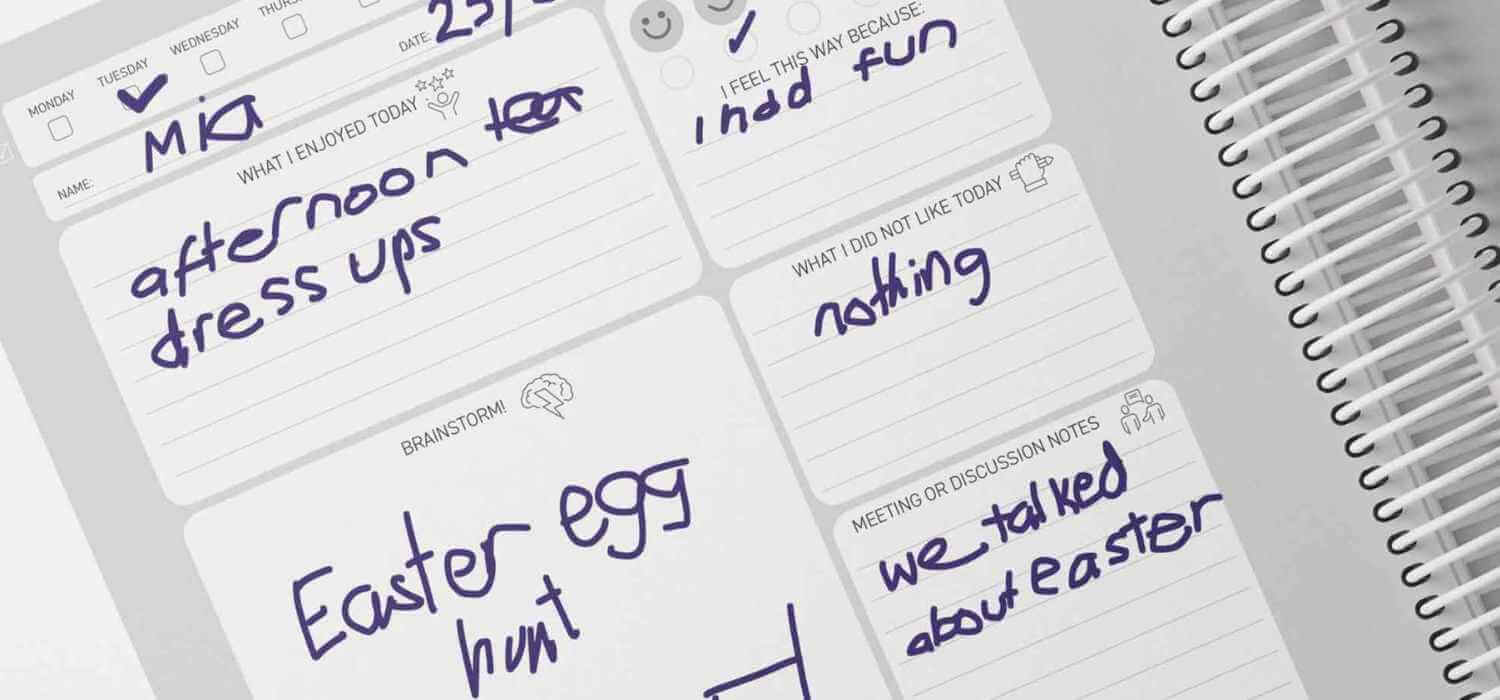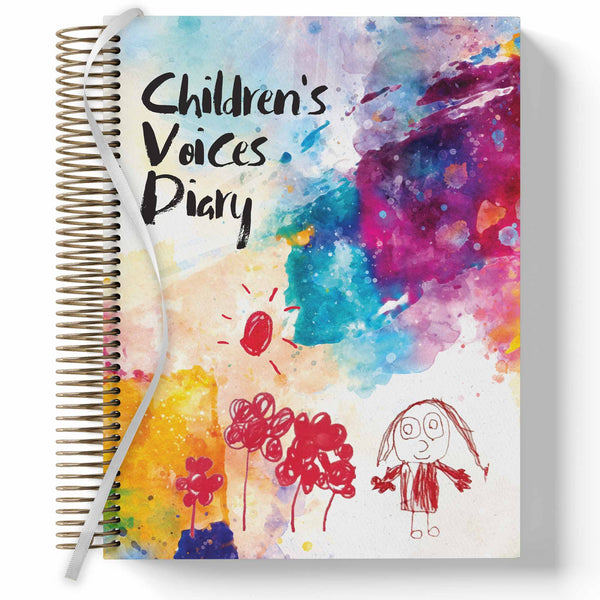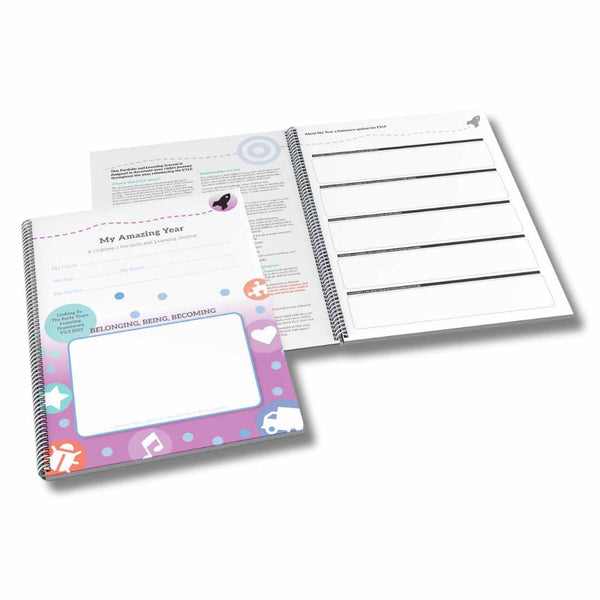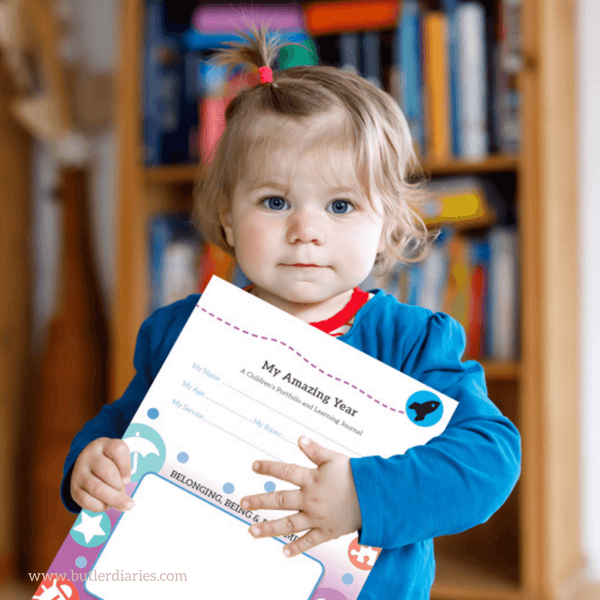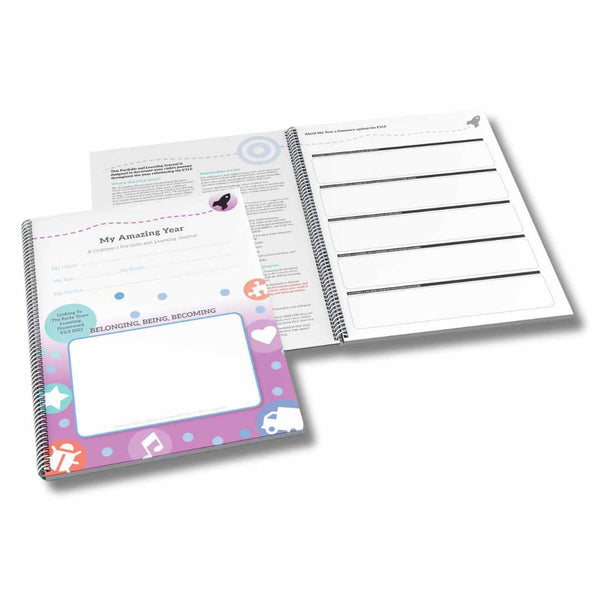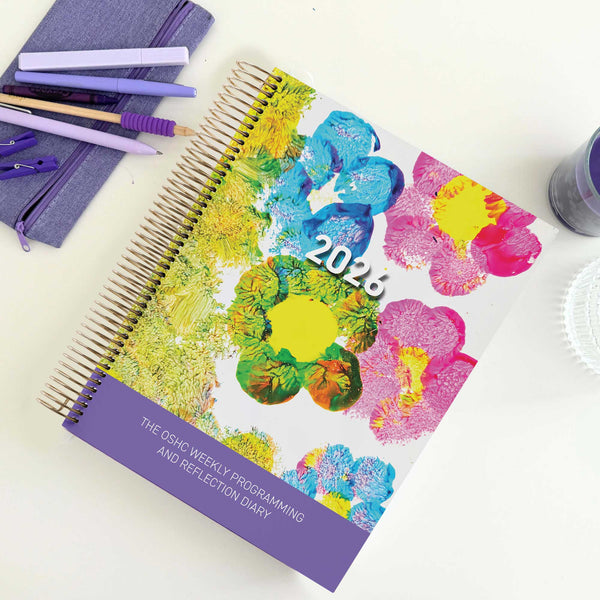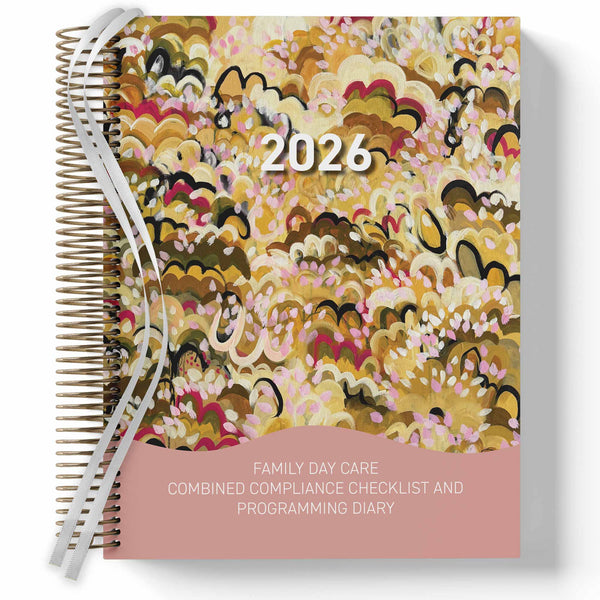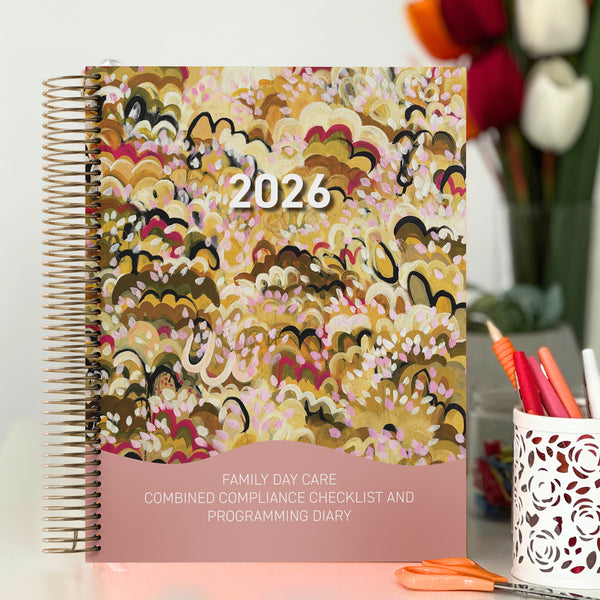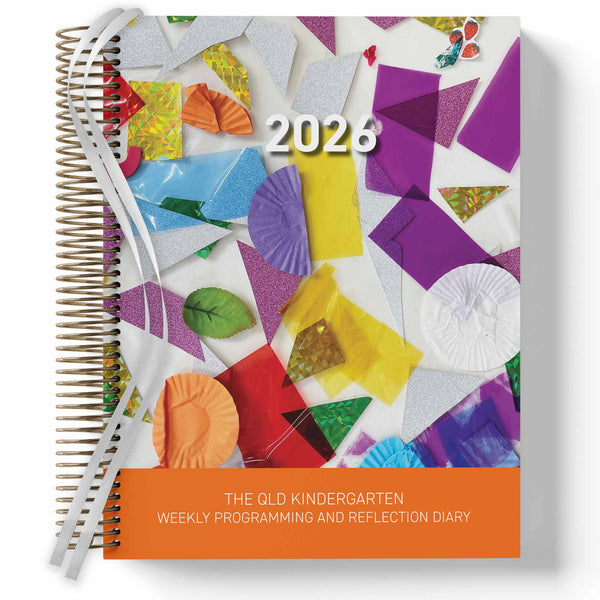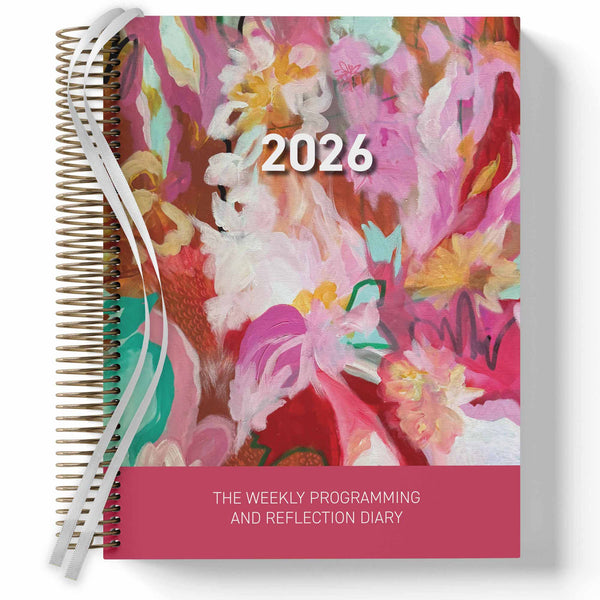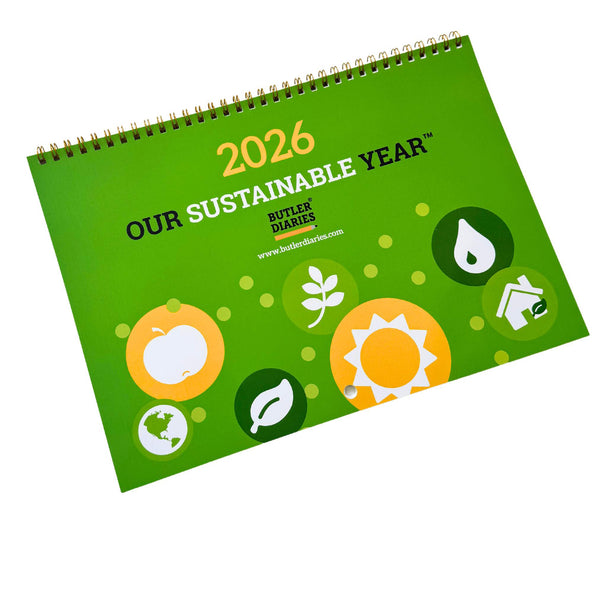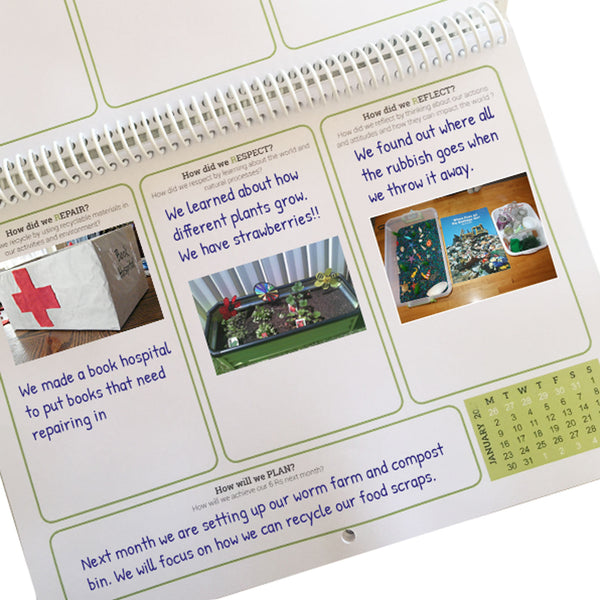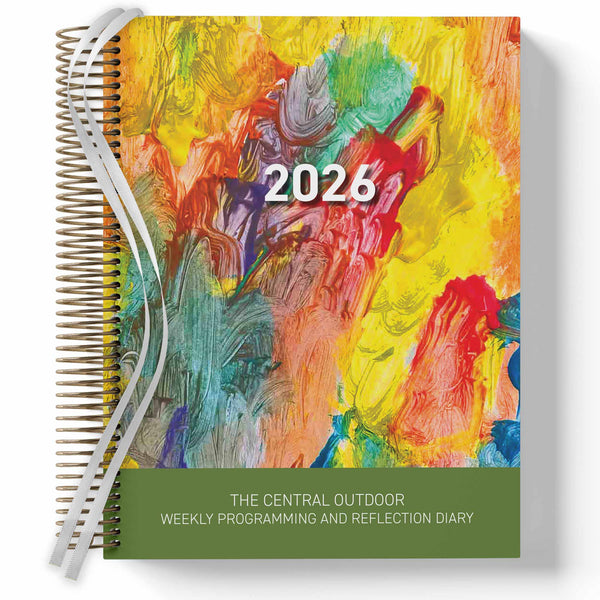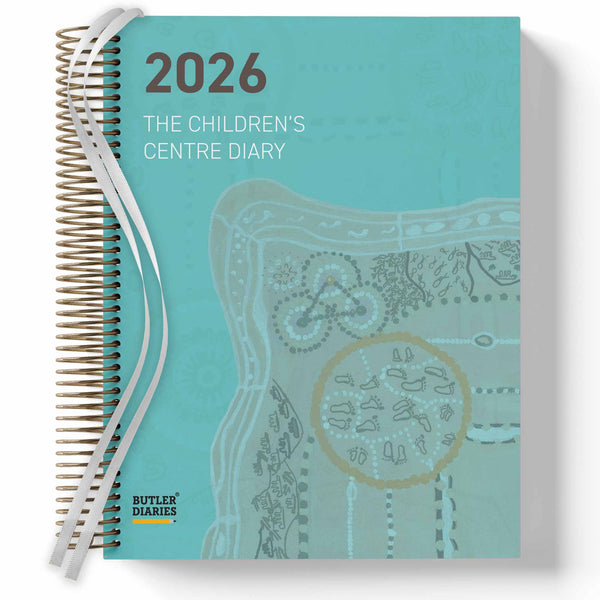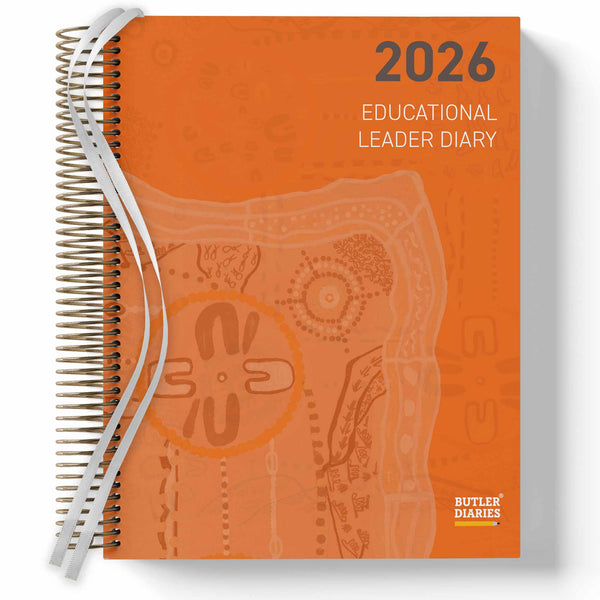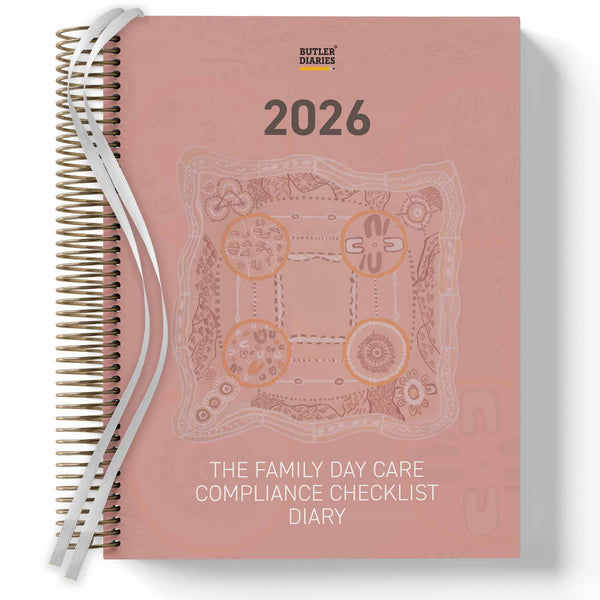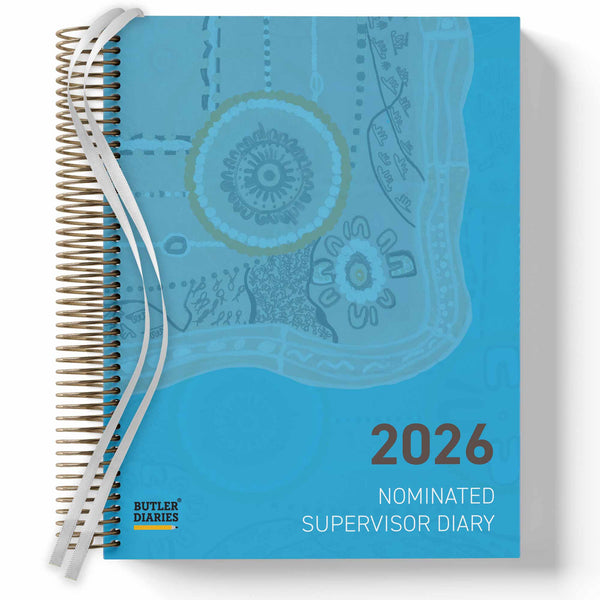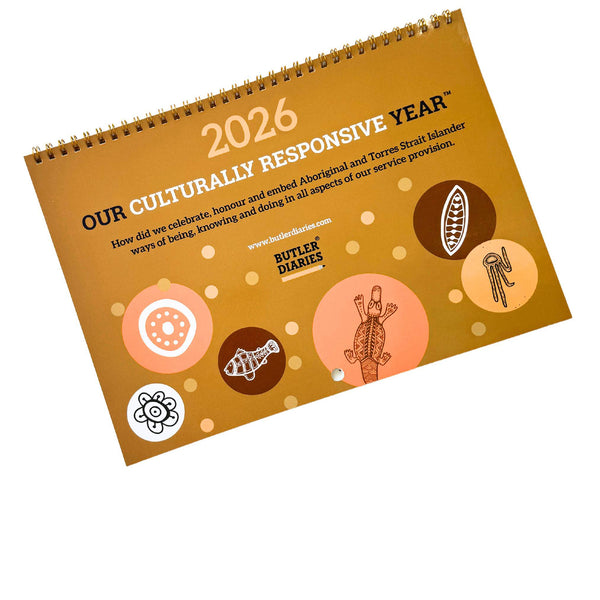Practical strategies and tools to meaningfully capture children’s voices
Capturing authentic child input isn’t just a compliance task — it’s a vital part of planning meaningful, responsive programs that truly reflect children’s interests, strengths, and developmental needs. When children have a say in their learning journey, it nurtures a sense of agency, belonging, and purpose.
But how do we gather this input consistently, especially in the hustle and bustle of a busy early learning environment?
Here are practical examples of how to collect child input, with purposeful use of tools like the Weekly Programming and Reflection Diary, Children’s Voices Diary, and My Amazing Year Children’s Learning Journal, along with other supportive practices you can use every day.
1. Capture Spontaneous Choices in the Weekly Programming and Reflection Diary
Not all child input is verbal — sometimes it’s what they gravitate towards, return to, or how they modify an activity. The Weekly Programming and Reflection Diary includes space for critical reflection and spontaneous experiences. Use this area to record:
-
A child who independently chooses to build with blocks daily — is this a cue to introduce STEM concepts or group collaboration opportunities?
-
A small group that initiates their own role play scenario — could this evolve into a dramatic play setup?
-
Children ignoring an activity — perhaps the environment needs rethinking or their current interests lie elsewhere?
📝 Tip: Jot these observations down on the go. Later, link them back to the EYLF learning outcomes and use them to inform next week’s planning.
2. Use the Children’s Voices Diary to Document Conversations and Ideas
The Children’s Voices Diary is a dedicated space to capture children’s thoughts, conversations, questions, and wonderings. It’s especially useful for:
-
Recording one-on-one chats.
-
Allowing children to reflect and express themselves through both writing and drawings.
These snippets are powerful evidence of engagement, critical thinking, and creativity.
🗣 Tip: Use these voices as jumping-off points for future programming or as provocations to revisit during reflection time.
3. Encourage Children’s Self-Expression in the My Amazing Year Children’s Learning Journal
The My Amazing Year Children’s Learning Journal also empowers children to draw, write, and reflect on their experiences from their own perspective. Use it as a tool for:
-
End-of-week or term reflection
-
Drawing favourite moments from the day or experiences from home.
-
Answering guided prompts that encourage thinking about friendships, challenges, and goals.
🎨 Tip: Schedule quiet time for journaling or reflection in your weekly routine — it builds a habit of self-awareness and gives you golden insights into how children see their own growth.
4. Create Visual Voting and Preference Systems
For younger children or those developing language, use hands-on, visual tools like:
-
Photo boards where children can place their name next to activities they want to do.
-
‘Vote with a peg’ boards (e.g., “Would you rather visit the garden or make playdough?”)
-
Sticker charts or emoji cards for feelings, choices, or favourites.
These systems are easy to set up and give instant feedback on children’s interests.
5. Incorporate Group Time Conversations and Brainstorming
During group times, take a few minutes to ask open-ended questions like:
-
“What would you like to learn about next?”
-
“What did you enjoy about yesterday’s nature walk?”
-
“How could we make our room better?”
Write children’s answers on a whiteboard or in your Weekly Programming and Reflection Diary and refer to them when programming future experiences.
💬 Tip: Circle back to these ideas when they’re implemented — children love seeing their suggestions come to life!
6. Include Family Contributions to Round Out the Picture
Sometimes, children express their preferences or passions more clearly at home. Collecting family input can provide valuable context:
-
Use your Weekly Programming and Reflection Diary family input section to jot down what families share.
-
Send home a “What’s your child interested in right now?” form once per term.
-
Invite photos or stories from home to display or discuss.
👨👩👧 Tip: Reflect this input in your programming documentation to show a clear link between home and service.
Final Thoughts
Child input is more than just a tick-box for compliance — it’s a compass for intentional teaching. By combining structured tools like the Weekly Programming and Reflection Diary, Children’s Voices Diary, and My Amazing Year Children’s Learning Journal with flexible strategies like spontaneous note-taking and group discussions, you’re creating a learning environment where every child’s voice matters.
And in the eyes of Assessment and Rating? This level of responsiveness, reflection, and documentation goes a long way.


